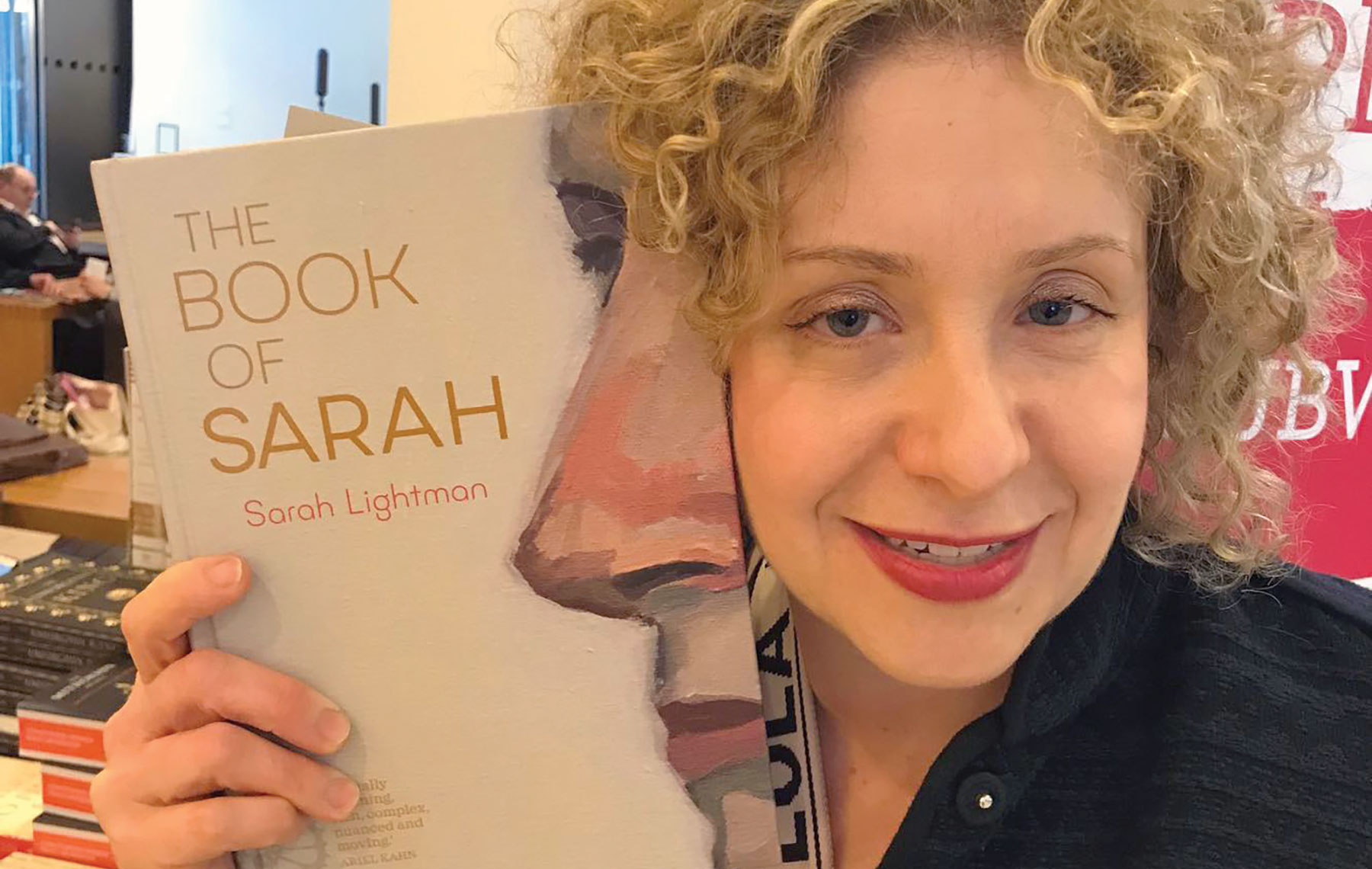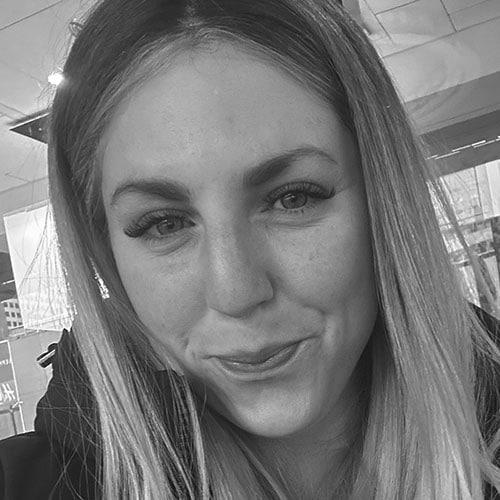
“The Book of Sarah” is not your typical graphic novel. Instead of comic-book-style drawings it’s filled with charcoal and pencil illustrations and there are no panels. But that was Sarah Lightman’s plan all along.
The British artist and curator who won the Will Eisner Award for her 2014 book, “Graphic Details: Jewish Women’s Confessional Comics in Essays and Interviews,” divided her autobiographical graphic novel into biblical sections. The sections are: Genesis, Exodus, Bamidbar, Numbers, Leviticus, Harry’s Genesis (named after her son), Revelations and Apocrypha. The Book was shortlisted for the 2019 British Book Awards.
Lightman spoke with the Journal about her fellow female graphic novelists, the matriarch she was named after and what she hopes to accomplish with her new work.
Jewish Journal: Why did you decide to create “The Book of Sarah?”
Sarah Lightman: I was an undergraduate at The Slade School of Fine Art in London. I felt really lost so I decided to go backward and draw my childhood to understand myself. I looked at family photos and tried to understand who I was in my family by the way we were standing. I did those drawings 20 years ago. I gave presentations with them, but I hadn’t discovered the world of comics. Even though I kept doing drawings about myself, I hadn’t seen anything similar apart from Charlotte Salomon’s work. I realized my work could fit into that world. She was basically the first autobiographical Jewish graphic novelist. Before she died in Auschwitz, she spent one year drawing her life story. Her drawings are amazing.
JJ: Are there a lot of Jewish women in the comic book industry?
SL: Jewish women have been making amazing work since the 1970s, but you only remember the men. Women often aren’t known. We get passed over all the time.
JJ: Do you think Sarah was overlooked in the Bible, since there wasn’t a book about her?
SL: That’s what I argue. I felt about her story what I felt about myself — I wasn’t leading my own life. I was in someone else’s story. Like me, she was also an older mum. There’s contemporary literature written with her in mind. I found more as time went on. Once a lot of the biblical women began to become independent in the narrative, they were condemned and then ignored. Eve was condemned for wanting to learn more.
With Sarah, she gets absorbed into Abraham’s great narrative. She’s a conduit through which the Jewish people are born. It’s Abraham who learns her name is going to be changed. It’s Abraham who converses with God. Sarah is deriving power through Abraham. Even when she talks about her baby, she says, “Who believes Abraham could have a baby at this age?” She’s often qualified in relation to the male characters. Sarah has power in my graphic novel. Women can take control of how other women are being presented in the arts and give them power and opportunity.
JJ: Why did you decide to tell your story like the Five Books of Moses?
SL: I wanted to take up space and see what it would be like if we followed women’s lives instead of the men. All those biblical texts, they’re just named after men. It’s all about Moses. It’s all through the male voice and scribe. I became a scribe for my own narrative.
JJ: Did you draw everything at once or as you were experiencing it?
SL: Apart from my childhood ones, everything was done pretty much as I lived it.
JJ: In the book, you talk about how you went from being secular to Orthodox and then to Reform. Where are you on your spiritual path today?
SL: I like being in a Reform synagogue and choosing my own Jewish identity and affiliations. I like the fact that a woman is the head of the synagogue and we have a gay rabbi. There’s informal dress for the children’s services. It’s introducing my son to a world where you can be yourself. My academic work and writing are how I encounter being a Jewish woman. With my art, I’m constructing and deliberating my contribution to Jewish culture.
JJ: You also touch upon your struggles with depression. How does it feel to reveal these struggles on the page?
SL: It’s great to talk about these things. We’ve all lived lives where we’re not 100% pleased with what we’ve done, but that’s no reason to be upset about it. It helps people not feel alone when they read the book. We’re all figuring it out and asking how do we do it? The fact that life is such an imperfect science — we mess up, we hurt people’s feelings — doesn’t mean it’s something not to be shared.
JJ: What do you hope people get out of reading your book?
SL: I felt like I wanted to be myself in my book. The front cover has a painting on it, which is not like a typical graphic novel. Doing it that way was a bit brave and a breakthrough. You don’t have to fit into something like Orthodoxy or marriage or mothering. I figured out what I wanted to do for me, and that was fine. Finding your own way is a totally legitimate way to do things.






















 More news and opinions than at a Shabbat dinner, right in your inbox.
More news and opinions than at a Shabbat dinner, right in your inbox.